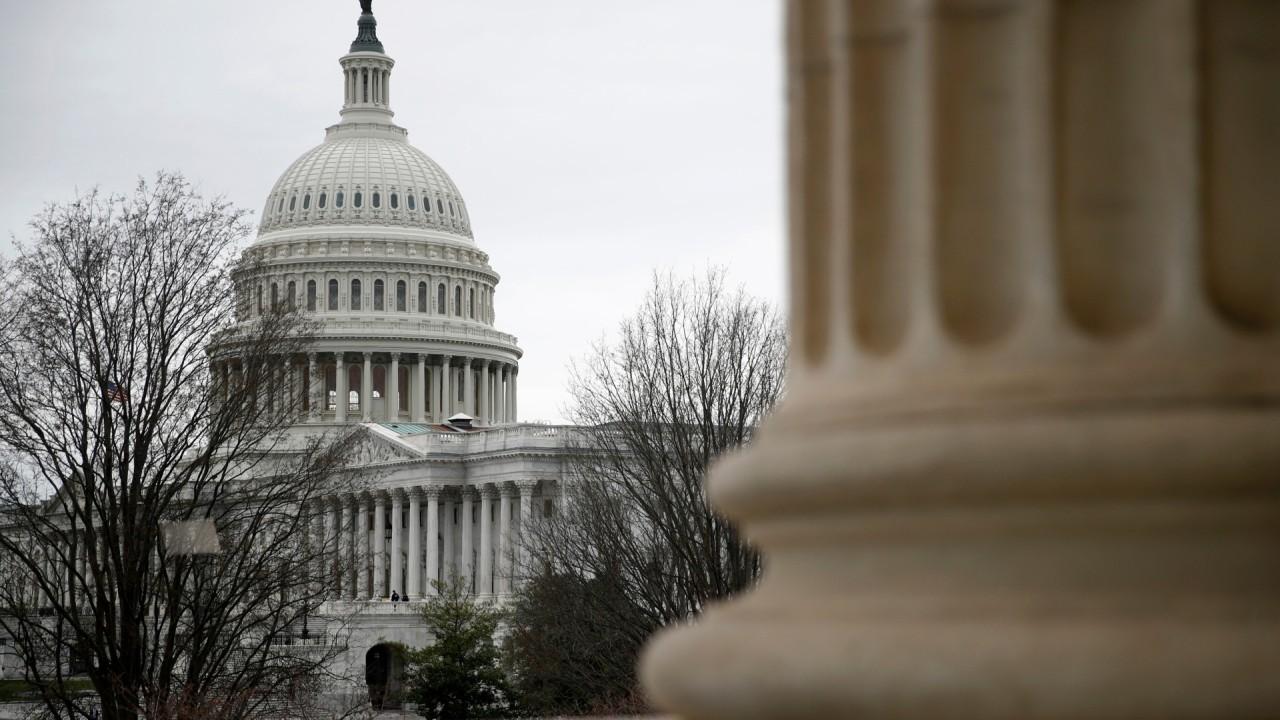Coronavirus small business disaster loan relief: What to know
The Small Business Administration has a program that can provide up to $2M for eligible businesses
As the coronavirus outbreak wreaks havoc across many sectors of the economy, small businesses in particular are shouldering a heavy burden.
While the administration is working on relief packages that can hopefully lift some of the financial stress, many are also turning to other loans administered by the Small Business Administration.
The SBA’s Disaster Loan Program has a section known as the Economic Injury Disaster Loan program, which can potentially help qualified small businesses, small agricultural cooperatives and private nonprofit organizations.
On Monday, the SBA announced it was deferring existing disaster loan payments automatically to Dec. 31.
BEZOS, MUSK, OTHER TECH TITANS JOIN CORONAVIRUS FIGHT
“Today’s announcement adds a list of growing actions the SBA is taking to support small businesses,” U.S. Small Business Administration Administrator Jovita Carranza said in a statement. “These actions include making it easier for states and territories to request a declaration so small businesses statewide can now apply for economic injury disaster loans, and changing the terms of new economic injury loans to allow for one-year deferments. We are working around the clock to find ways to assist small businesses and today’s action is one step in this process.”
MNUCHIN 'VERY HOPEFUL' US CAN BEAT CORONAVIRUS IN 10-12 WEEKS
In order to qualify for an SBA economic injury disaster loan, a business must prove substantial economic injury – that it is unable to pay its ordinary and necessary operating expenses. The point of the loan is to help a business ride out a disaster period until normal operations can resume – it applies to situations where there is no physical damage.
Businesses can secure up to $2 million, but loan amounts will be based on an assessment of actual economic injury. According to the SBA, the interest rate on the loans will not exceed 4 percent per year and terms will not exceed 30 years.
Here’s a look at the materials you should have prepared to apply, as compiled by tax, accounting and business advisory firm Blum Shapiro.
- Employee Identification Number
- The date of establishment
- Number of years under current management
- Names and addresses of contacts for Loss Verification Inspection
- Personal information including birth dates, Social Security numbers, phone numbers and ownership percentages for each of the business’ owners
- Additional information will need to be provided if any of the business’ owners own a more than 50 percent stake in a different business
- Personal financial statements will need to be completed for each owner
- The value of cash, receivables, personal property
- The amount of debts
- The amount of liabilities that you are contingently liable for (i.e. what is the dollar value of loans that you guarantee)




















